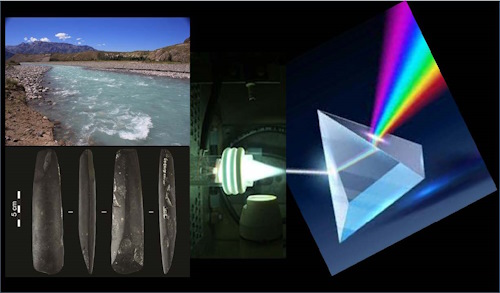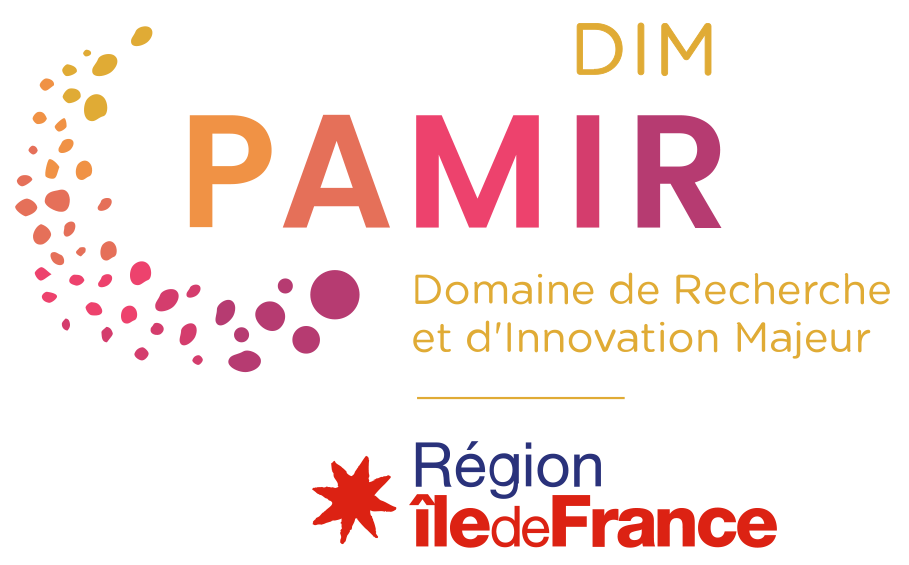
GEOA2
Acquisition of an ICP-OES for elemental GEOchemical Analysis in GEOsciences and Archeology
Scientific responsibility :
- Gaël Monvoisin
- Sébastien Bertrand
- Arnaud Dapoigny
- Julie Dabkowski
- Thomas Oliver Pryce
- Christophe Petit
- Aymeric Hermann
Methodological axes :
Thematic fields :
Disciplinary sectors :
Funding :
- DIM PAMIR
- Université Paris-Saclay
- GEOPS
- ArScAn
- LGP
- TEMPS
- Panoply/LSCE
Project ID : IDF-DIM-PAMIR-2023-1-005
Summary :
Elemental geochemistry is one of the most fundamental properties of geological and archeological materials. It allows identifying their composition, origin, evolution, and interactions with the environment. Doing so requires the ability to measure a large variety of major (abundance >1%), minor (0.1–1%) and trace (<0.1%) elements precisely and rapidly on relatively small samples. With this in mind, this proposal seeks funding to acquire a latest generation Inductively Coupled Plasma Optical Emission spectrometer (ICP-OES) to analyze up to 70 elements simultaneously in just a few minutes, from concentrations starting at a few μg/L, and using only a few milliliters per sample, regardless of the number of measured elements. This instrument allows measuring liquid and solid samples (after multi-acid digestion or alkaline fusion), and it is particularly well-suited for geological samples (rocks, sediments, soils, shells, corals, speleothems, fresh and saltwater) and ancient materials (bones, pottery, jewelry, paintings). The instrument will be installed at GEOPS, where it will replace an outdated AAS. It will be managed by technical staff who already have extensive experience in sample preparation in clean rooms and in geochemical analysis using instruments such as ICP-MS and AAS. The instrument is entirely complementary to existing facilities available at GEOPS and through the PANOPLY analytical platform, including ICP-MS ((ultra-)trace elements), and MC-ICP-MS (isotopes). This proposal is additionally supported by a large consortium of partners in the Ile-de-France region, including laboratories active in paleoenvironmental reconstructions, Quaternary research, archeology, and geoarcheology (GEOPS, LSCE, LGP, LAPA/IRAMAT, ArScAn and TEMPS). The shared use of the ICP-OES will open the door to new collaborations between these laboratories, and it will allow several archeology laboratories to further develop research in archaeometry and geoarchaeology.
Photomontage illustrating the application of ICP-OES in geosciences and archaeology (proglacial river in Chilean Patagonia (1), adze blades from Eiao Island, French Polynesia (2), induced plasma, light prism).

